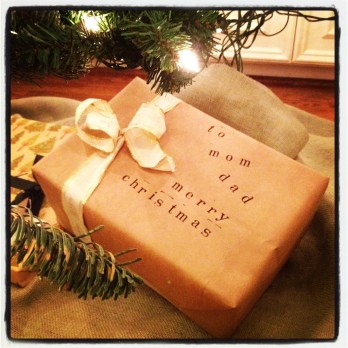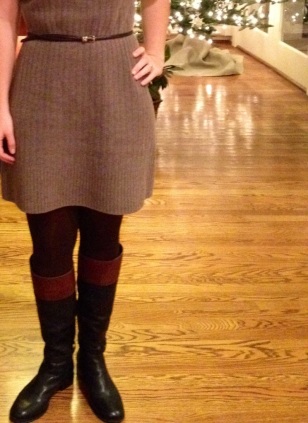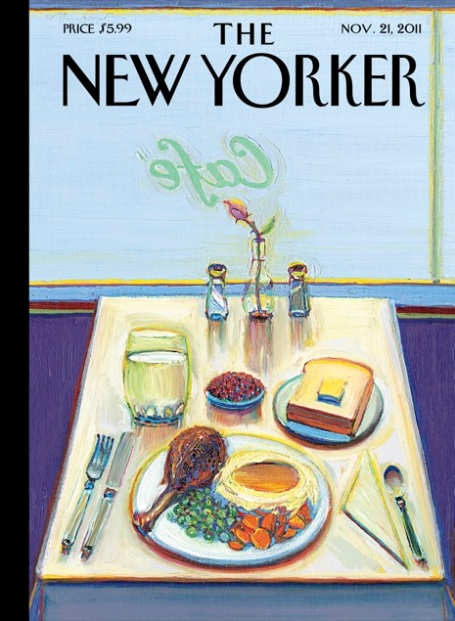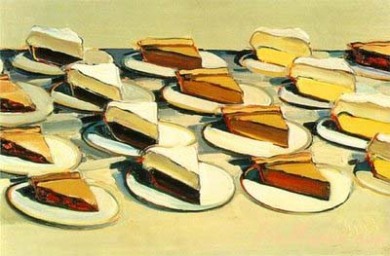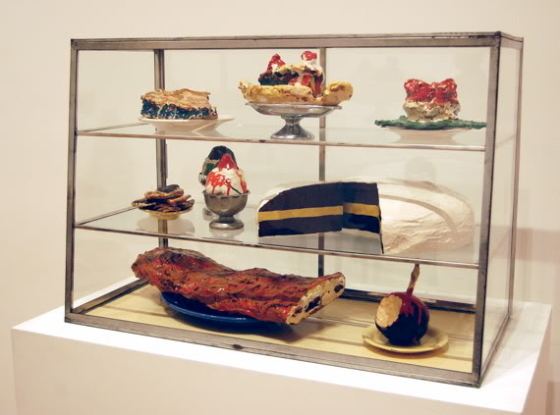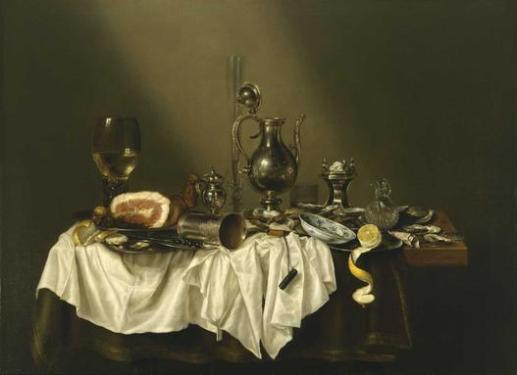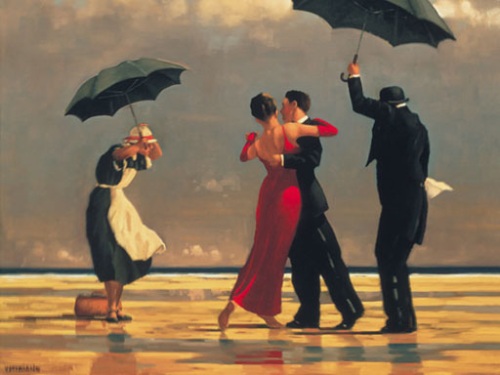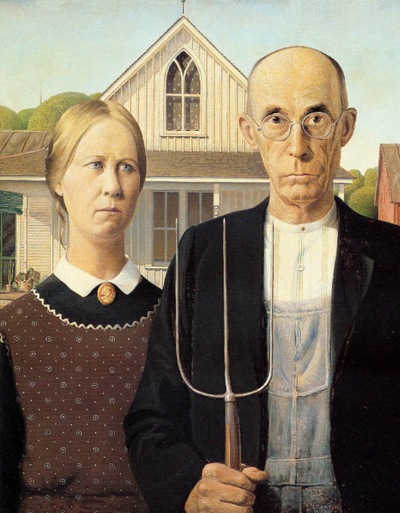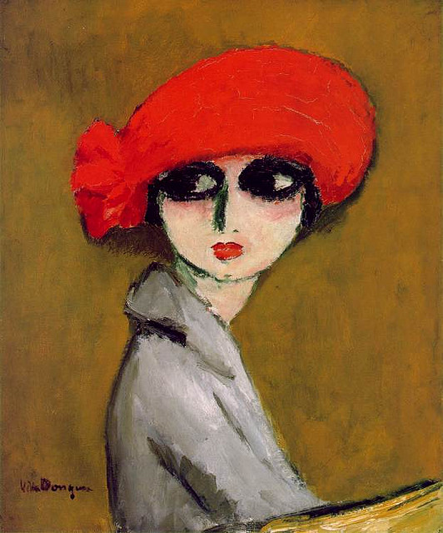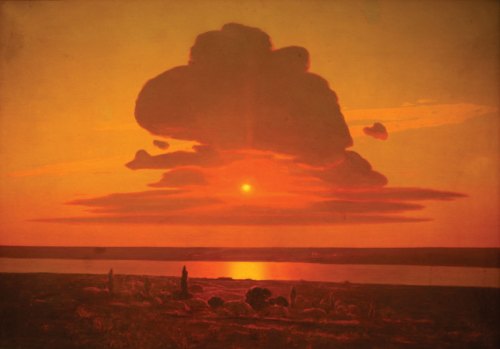Last night I took a trip back to the 1930s. I sat in the River Oaks Theatre (built in 1939), which as the photo shows, still operates with an old grand marquee. Our movie started, and there was silence. And then some more silence. And then music, but still no audible words but just captions on screen. Nor was there color, but just black and white moving images. It was The Artist, the French film getting a lot of Oscar buzz for doing something so old-fashioned and unimaginable: being a silent film. And it was lovely.
It was so interesting that even as the opening credits played (silently) there was almost a discomfort among us in the audience, this group of strangers sitting in a silent dark theater. We’re conditioned to think, “Are the speakers not on?” The opening scene of the film is so smart-we’re not only watching a silent film, but we’re watching people in the film watch a silent film in a 1930s theatre. And by doing that it makes us feel like we’re part of them and they’re part of us. We’re no longer removed from this bygone era; we’re in it.
The film tells the story of George Valentin, a suave and prideful star, whose the end-all be-all in the silent film industry, until the unthinkable happens. Silent films are on the brink of extinction with the invention of talkies, and he’s yesterday’s news. Enter young, aspiring actress Peppy Miller who concurs the world of talkies, while remaining adorable and lovable. George is horrified of the changing film industry, declaring that he’s not a puppet but an artist. His distaste and fear of the talkies is telling: his own tragic flaw is that he barely speaks in his real life, which is emphasized by numerous instances of people yelling at him out of frustration, “SPEAK!” (yelling in the silent film tradition of captions coming on screen seconds after the actors lip the words). Perhaps the biggest scene-stealer of the entire film, though, is George’s Jack Russell Terrier, the smartest dog I’ve ever seen and the most loyal companion.
The entire movie is nostalgically lovely and a much-needed reminder to sit still and enjoy a work of art (whether a film, a painting or a wonderful book) for its simplicity and genuineness.

1. A 1920s Continental typewriter makes a cameo in the film, instantly making me love it more. 2. The Corn Poppy, by Kees van Dongen, c. 1919 at the MFAH, could practically be a portrait of Peppy Miller. 3. Jack Russell Terriers, which have starred in The Mask, "Frasier" and My Dog Skip, are utter geniuses.


